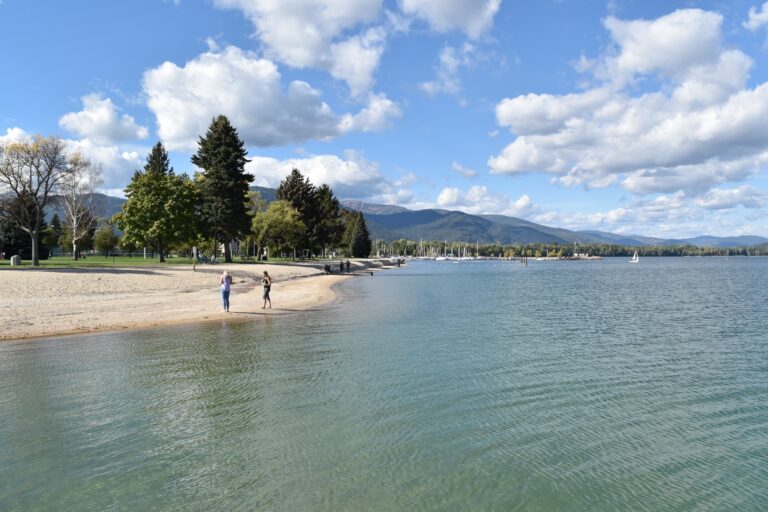Rock climbing is fast becoming one of the most popular activities available to all ages. Although climbing a near-vertical rock face while hanging by a rope and your fingertips may not be what you call “fun,” many find the challenges a great way to connect with nature and to challenge them both physically and mentally. And with indoor climbing walls available in our community (check out Wild Walls and the YMCA) and even some elementary schools, you and your family can explore the possibilities of this sport any time of the year. If you do take up climbing, it’s worthwhile to look at the physical preparation necessary to perform well and stay healthy.
We’ve previously talked about endurance training. Although cardiovascular endurance may be required for day-long climbs, climbing primarily demands another element of training, i.e., strength, and three specific aspects of strength training-power, power-endurance, and local endurance. Power is called upon to generate a burst of strength for a single or a few moves. Power-endurance is needed to perform a series of strenuous moves that are below your maximum effort. Local endurance stresses specific muscles and allows you to do longer climbs with low to moderate strength requirements. Strength workouts that progressively and repetitively overload muscles will improve your ability to exert maximum strength when you find yourself reaching for that hold.
Strength training causes muscles to get bigger (hypertrophy), but climbers depend on having a high strength:weight ratio. Depending upon your body type, the mixed blessing of bigger muscles and increased strength needs to be balanced with body weight (lighter individuals can afford to increase their overall strength; heavier people may want to only emphasize the specific muscles needed). As muscular training is sport-specific, there’s no better training than hitting the wall or bouldering. Complement this with free weight training and calisthenics to improve your strength. Gently stretch before and after your workouts, and warm up and warm down before and after all training.
Core strength training focuses on the muscles of the torso (abdominals, back and hips/pelvis) and develops dynamic stability. Good core strength enables you to make slower, more calculated moves, the benefit being you are less likely to come off the rock. Pilates and yoga are great ways to enhance trunk strength as well as improve your overall strength and flexibility. If unfamiliar with these practices, check out some of the great yoga studios or gyms in town and find an instructor and a style that works for you. Physioballs are a great piece of gear-do sit-ups, push-ups and bridges while attempting to balance yourself (no easy task). Do oblique twists using a broom handle while steadying yourself on the ball. You can also combine your core strengthening routine with weight training (e.g. forearm curls while sitting on the physioball). Focus on pulling your navel back towards your spine (abdominal bracing) while maintaining normal breathing when performing all exercises.
Plan on doing your supplemental weight training 2-3 times/week, preferably on non-climbing days. Two to three sets of 10-12 reps with good technique should be adequate. Muscle groups and exercise that you should work include:
- Shoulder & chest muscles. Pull-ups (wide and narrow grip), lat pull downs, shoulder shrugs, upright/bent rows, shoulder and chest presses with dumbbells, push-ups (normal, diamond and finger-tip), dips.
- Arm and forearm muscles. Wrist curls (normal and reverse), bicep curls, tricep extensions; and improve your grip strength by twisting a towel until tight, squeeze a ball of clay or a racquet ball, or use a hinged hand gripper.
- Hips, thighs and calf muscles. Squats, leg extensions and curls, calf raises.
Injuries can occur, both chronic overuse and acute, and most commonly affect the upper extremities. Rotator cuff sprains and strains, bicep and tricep tendonitis, epicondylitis (tendonitis of the forearm muscles with pain at the elbow), and a variety of finger injuries can all plague climbers and if they occur, will require you to back off your climbing and/or modify your training program. The acronym RICE (Rest, Ice, Compression, Elevation) is always a good treatment starter and a few days of Advil or Aleve may be sufficient to ease the pain. Muscle strains and bruises respond well to Arnica, an herbal remedy, and acupuncture is great to ease the inflammation associated with injury. Prolonged disability may require you to see a healthcare provider. Remember, prevention is always better than treatment, and look to avoid injuries by warming up and warming down, rest between training sessions, and increase your overall strength and flexibility.
For more information on training for rock climbing please see the following resources: http://www.bodyresults.com/S1Climb.as
Climbing Your Best by Heather Reynolds Sagar
Performance Rock Climbing by Dale Goddard
Rock Climbing by Don Mellor
By Bob Lutz













